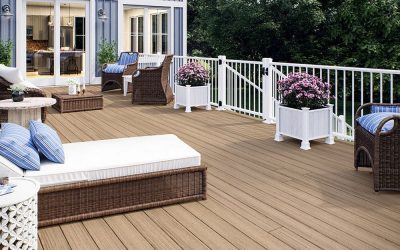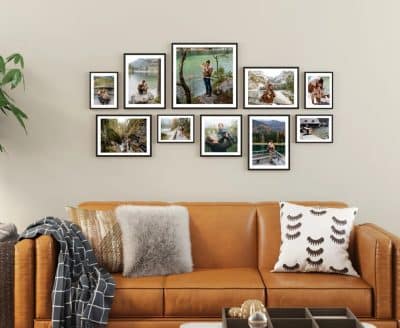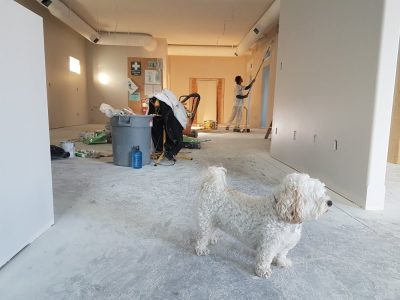The coffee table has long ceased to be just a functional piece of furniture in the living room. Today, it is an essential element in the organization of living space, and it affects the comfort and aesthetics of the room. The coffee table is a place for drinks and magazines and a central element around which the recreation area is formed.
A properly selected table helps organize a functional zone for rest and communication and the storage of necessary trifles. It also creates a visual balance between all furniture elements in the room.
Manufacturers offer a wide range of tables in different shapes, sizes, and materials. This allows you to choose a model that will fit perfectly into the existing interior and meet users’ practical needs.
Choosing a Coffee Table
When choosing a modern coffee table, consider a few key factors that will help you make the right decision, both in design and functionality.
Styles and trends
Today, the market offers coffee tables in a variety of styles. Minimalist models with clear lines and simple shapes are perfect for modern interiors. Scandinavian-style tables attract attention with natural materials and laconic design. For lovers of industrial style, there are options made of metal and glass with characteristic rough textures.
Materials of manufacture
The choice of material directly affects not only the appearance but also the practicality of using the table:
- Wood and veneer are classic materials that bring warmth and coziness to the interior.
- Glass and metal create lightness and airiness in the space, such as in the refined Levante model by Giorgio Cattelan with its transparent tabletop and sculptural travertine base.
- MDF with different coatings is a practical solution for everyday use.
- Stone and marble are premium materials for creating luxurious accents.
- Combination options for a unique design.
When selecting a material, it is crucial to consider the practical aspects of care and use, as the coffee table is subjected to daily use.

Dimensions and proportions
When choosing the size of the coffee table, the size of the room and the surrounding furniture should be taken into account. The optimal height of the table should be 5-10 cm lower than the seat of the sofa.
In terms of length, choosing a table about two-thirds the size of the sofa is recommended. In small rooms, compact round or square models are relevant, while spacious living rooms allow the use of larger rectangular versions.
Functional Organization
Modern coffee tables are not just a surface for a cup of coffee but multifunctional pieces of furniture that can significantly improve the organization of the living room space.
Multi-level designs
Tables with multiple levels make efficient use of vertical space. The upper surface is usually left free for everyday use, while the lower levels provide additional opportunities for storage and decoration. Top-rated models with transparent elements that create visual lightness and do not overload the space.
Built-in storage systems
Manufacturers offer various options for built-in storage:
- pull-out drawers for storing remotes and small items;
- open shelves for magazines and books;
- hidden compartments for rarely used items;
- specially padded sections for electronic devices.
The main advantage of built-in storage systems is maintaining order in the living room hiding necessary, but not always aesthetic, items. The Bell Lift-up by Marco Pozzoli is a striking example of this solution. The lifting mechanism of the tabletop is elegantly combined with a hidden storage compartment, transforming the table from a decorative element to a functional work surface.

Transformable models
A special place is occupied by transformer tables, which can adapt to different needs:
- Tables with adjustable height;
- Models with a sliding tabletop;
- Folding structures;
- Tables with swivel elements.
Such solutions are especially relevant for small rooms or multifunctional spaces where furniture should be as flexible as possible.
Mobile solutions
Mobile tables are relevant for dynamic lifestyles:
- lightweight constructions that can be easily moved around;
- wheeled models with locking system;
- compact tray tables;
- modular systems with several mobile elements.
The ability to easily move the table allows you to quickly adapt the space to different usage scenarios, from everyday relaxation to hosting guests.
When choosing functional features, it is vital to base your choice on your actual needs and lifestyle. Even the most elaborate storage or transformation system will be useless if it does not match your habits and needs in organizing space.
Practical Tips
Competent care of the coffee table allows you to maintain its attractive appearance and functionality for many years. Let’s consider the main aspects.
Care of different materials
Each material requires a particular approach:
- Wood needs protection from direct sunlight and maintenance of optimal humidity.
- Glass surfaces should be cleaned with special products without abrasive particles.
- Metal elements require regular polishing and protection from moisture.
- Marble and stone should be treated with protective compounds and protected from aggressive substances.
Regular observance of these maintenance rules significantly extends the service life of the coffee table and preserves its original appearance.
Surface protection
To prolong the life of the coffee table, we recommend the following:
- Use protective hot plates and decorative objects.
- Check fasteners regularly.
- Avoid excessive stresses on individual parts of the structure.
Careful attention to surface protection will help prevent the most common damages and maintain the presentable appearance of the furniture.
Conclusion
Choosing a coffee table requires a comprehensive approach considering both aesthetic and practical aspects. Investing in quality furniture and proper care will create a durable and functional solution that will please its owners for many years.








